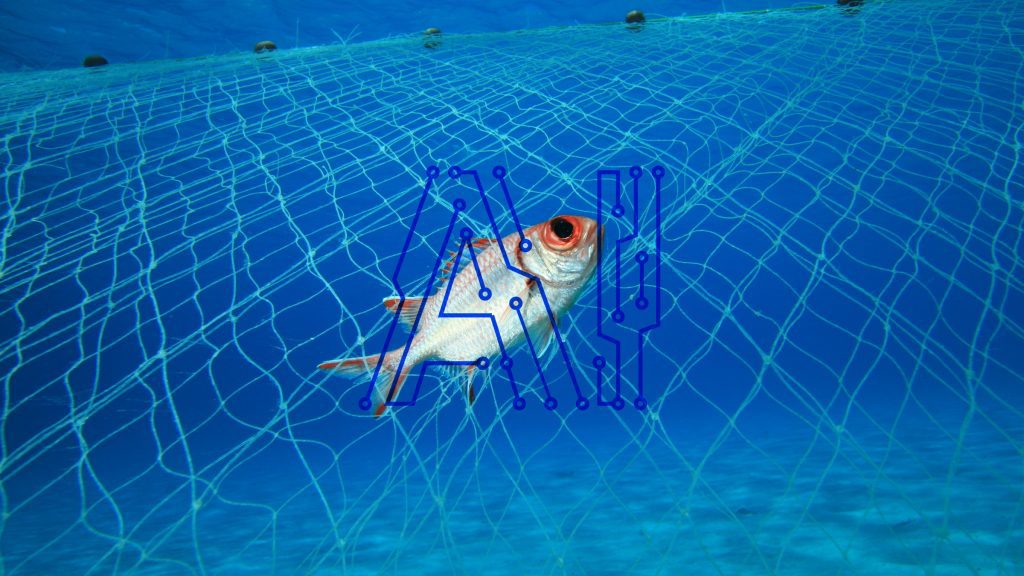
During the fourth quarter of last year, the Spanish government penalized 25 Spanish-flagged fishing ships found close to Argentina’s territorial waters.
The ships were fined for the unauthorized deactivation of the GPS-based automatic identification systems (AIS), which transmitted the boats’ locations. Going off the radar is often a telltale sign of the crew being involved in illicit fishing activities.
David Kroodsma stated, “It’s estimated that illegal or unregulated fishing is as much as 20% of what’s caught.”
Illegal, unreported, and unregulated (IUU) fishing operations could potentially capture around 26 million tons of fish annually. This amounts to approximately one-fifth of the global fish catch, as reported by the UN Food and Agriculture Organization (FAO). The FAO further indicates that this clandestine market holds a monetary value of up to $23 billion (£18 billion).
These activities significantly exacerbate overfishing, with the UN noting that approximately one-third of the world’s fish stocks are presently being harvested at unsustainable levels. For instance, it is estimated that the bluefin tuna population has dwindled to just 2.6% of its historical, pre-exploitation size.
“Sharks and rays are at the brink of extinction,” says Mr. Kroodsma. “You have extinction threats to sea birds and turtles from bycatch. It is really sad, because we could manage the oceans so much better.”
Global Fishing Watch, a collaborative effort between Google, Oceana, and Skywatch, aims to combat overfishing by employing advanced AI technology and satellite imagery to track over 65,000 commercial fishing vessels globally. Through sophisticated algorithms, it analyzes satellite data to detect vessels, even those without Automatic Identification System (AIS) signals.
“We use information like the length of the vessel, plus environmental information as to where that vessel is located, the imaging of the area, the density of vessel traffic in the area, the state of the ocean, like the temperature a bunch of information on where the vessel is operating,” stated Fernando Paolo, senior remote sensing machine learning engineer at Global Fishing Watch.
By integrating publicly available AIS data with radar and optical imagery, the system identifies vessels without broadcasting their positions, potentially indicating illicit fishing activity. Fernando Paolo, a senior engineer at Global Fishing Watch, explains that their model evaluates various factors to infer whether a vessel is engaged in fishing.
Meanwhile, a project by the University of Southampton and RS Aqua is developing a submarine robot equipped with AI-powered sensors to detect fishing sounds underwater. The aim is to monitor marine protected areas and alert authorities to unauthorized fishing activity. With millions of vessels globally, these innovative technologies play a crucial role in safeguarding ocean ecosystems and combating illegal fishing practices.
Chair of the International Coalition of Fisheries, Paul Lansbergen, stated that “The sustainability impacts and economic damages are very real, but it’s also no longer an issue that persists in the shadows. Industry leaders, policy makers, and associated stakeholders are all focusing on the challenge.
“Emerging technology, like AI, is complementary to traditional law enforcement and placing IUU in the cross hairs. But consumers also need to make sustainable choices and make it tougher on IUU fishers. We all play a role.”
I always had a fishy feeling about AI but not after this.
Inside Telecom provides you with an extensive list of content covering all aspects of the tech industry. Keep an eye on our Intelligent Tech sections to stay informed and up-to-date with our daily articles.